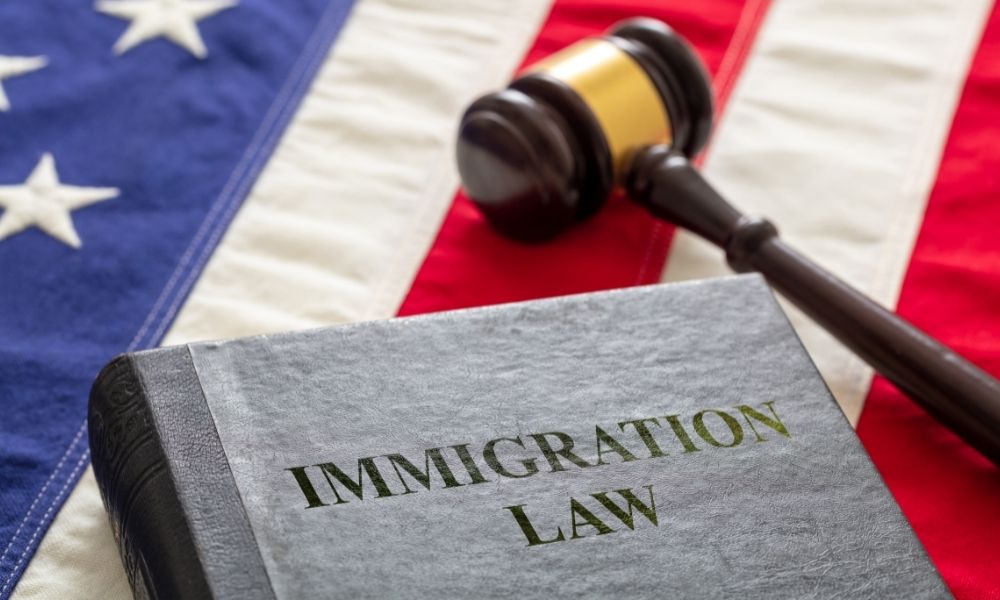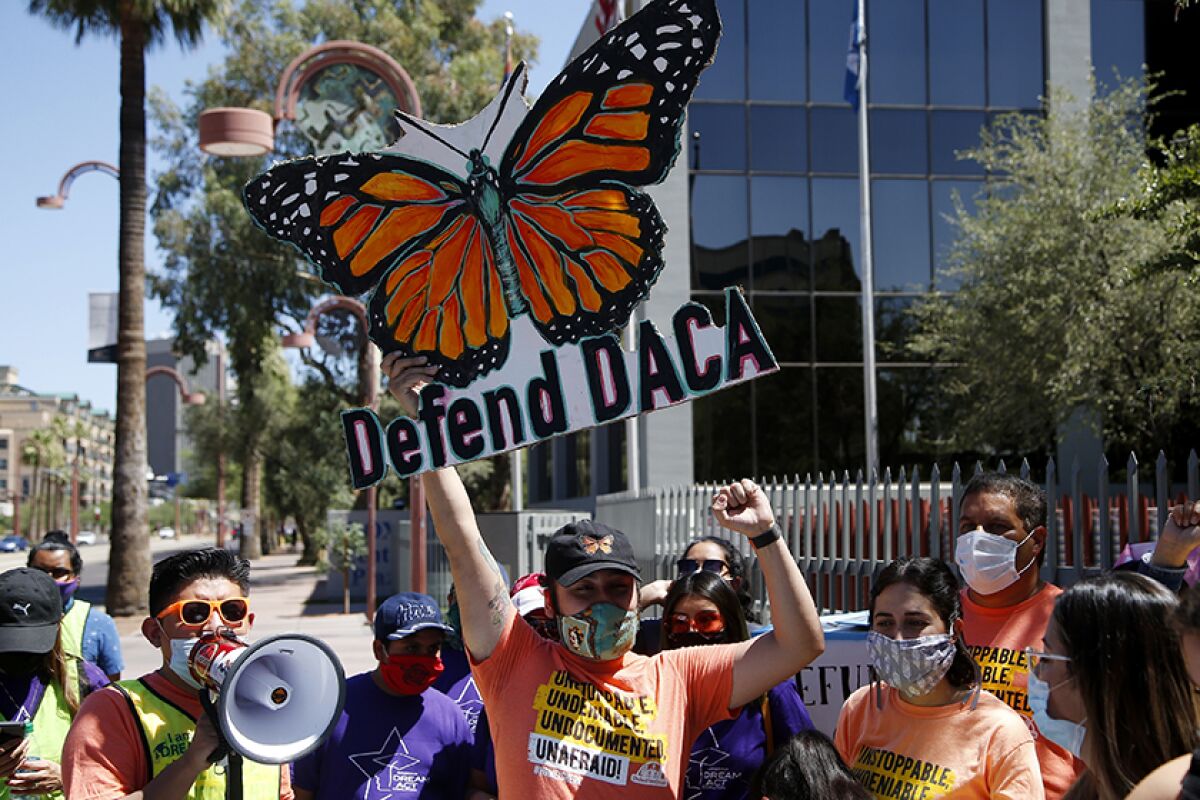When considering traveling to or residing in the United States, understanding the various types of visas available is crucial. The U.S. visa system is complex, with different categories catering to diverse purposes, from tourism and business to family reunification and employment. In this article, we will explore the different types of visas for the USA, offering insights into their purposes and eligibility criteria.
1. Non-Immigrant Visas
Non-immigrant visas are designed for individuals who plan to visit the United States temporarily. These visas are further categorized based on the specific purpose of the visit:
Tourist (B-2) Visa A B-2 visa is for tourists, individuals seeking medical treatment, and participants in social events. It allows you to stay in the U.S. for a limited period, typically not exceeding six months.
Business (B-1) Visa The B-1 visa is for individuals traveling to the U.S. for business purposes, such as meetings, conferences, and consultations. Like the B-2 visa, it’s typically granted for short stays.
Student (F-1) Visa F-1 visas are for international students who wish to study at U.S. educational institutions. To obtain this visa, you must be enrolled in an accredited program.
Exchange Visitor (J-1) Visa The J-1 visa is for exchange visitors, including scholars, researchers, and participants in cultural exchange programs.
Temporary Worker (H-1B) Visa H-1B visas are for foreign professionals with job offers in the U.S. in fields like technology, science, and engineering. These visas are subject to annual quotas.
2. Immigrant Visas
Immigrant visas are intended for those who wish to live permanently in the United States. They are often obtained through family sponsorship or employment opportunities:
Family-Based Visas These visas are for close relatives of U.S. citizens and permanent residents. The most common categories include immediate relatives, family preference, and fiancé(e) visas.
Employment-Based Visas Employment-based visas are divided into five preference categories, with priority given to individuals with extraordinary abilities or those holding advanced degrees.
Diversity Visa (DV) The Diversity Visa program, also known as the green card lottery, offers a limited number of visas to individuals from countries with low rates of immigration to the U.S.
3. Special Visas
The United States also offers various special visas to cater to specific circumstances and needs:
Diplomatic and Official Visas (A Visas) A visas are for diplomats, government officials, and employees of international organizations. They are not issued for tourism or business purposes.
Victims of Crime and Human Trafficking (T Visas) T visas are for victims of human trafficking or certain criminal activities. They provide temporary legal status and work authorization.
Victims of Abuse (U Visas) U visas are designed for victims of specific crimes who have suffered mental or physical abuse and are willing to assist law enforcement in the investigation and prosecution of the crime.
4. Dual Intent Visas
Some visas allow for dual intent, meaning that holders can come to the U.S. for a temporary purpose while also having the option to pursue permanent residency:
H-1B Visa Although primarily a temporary work visa, H-1B holders can apply for permanent residency (a green card) during their stay in the U.S.
L-1 Visa L-1 visas are for intracompany transferees. L-1A visa holders can apply for a green card as managers or executives, while L-1B visa holders can apply as employees with specialized knowledge.
5. Visa Waiver Program (VWP)
The Visa Waiver Program allows citizens of certain countries to visit the United States for up to 90 days without obtaining a visa. Travelers under the VWP must apply for an Electronic System for Travel Authorization (ESTA) before boarding their flights.
How long can I stay in the U.S. on a tourist visa (B-2 visa)?
Typically, B-2 visa holders are allowed to stay for up to six months. However, the specific duration is determined by the U.S. Customs and Border Protection officer at the port of entry.
Can I apply for a green card while on an F-1 student visa?
Yes, it is possible to apply for a green card while on an F-1 student visa, but the process can be complex and may require employer sponsorship or family connections.
What is the difference between the H-1B and L-1 visas?
The H-1B visa is primarily for specialized workers in specific industries, while the L-1 visa is for intracompany transferees, allowing managers, executives, and employees with specialized knowledge to work in the U.S.
How can I check if I am eligible for the Diversity Visa (DV) lottery?
Eligibility for the DV lottery is based on your country of birth and must meet specific requirements. The U.S. Department of State provides detailed information on eligibility and the application process.
Conclusion
Navigating the various types of U.S. visas can be a daunting task, but understanding the purpose and eligibility criteria for each category is crucial. Whether you’re planning a short-term visit, seeking to live in the U.S. permanently, or fall into a unique circumstance, there is likely a visa category that suits your needs. It’s essential to consult with immigration experts or legal professionals to ensure you select the right visa and adhere to the necessary application procedures, as they can be intricate and subject to change. Ultimately, obtaining the right visa is the first step toward realizing your American dream.







